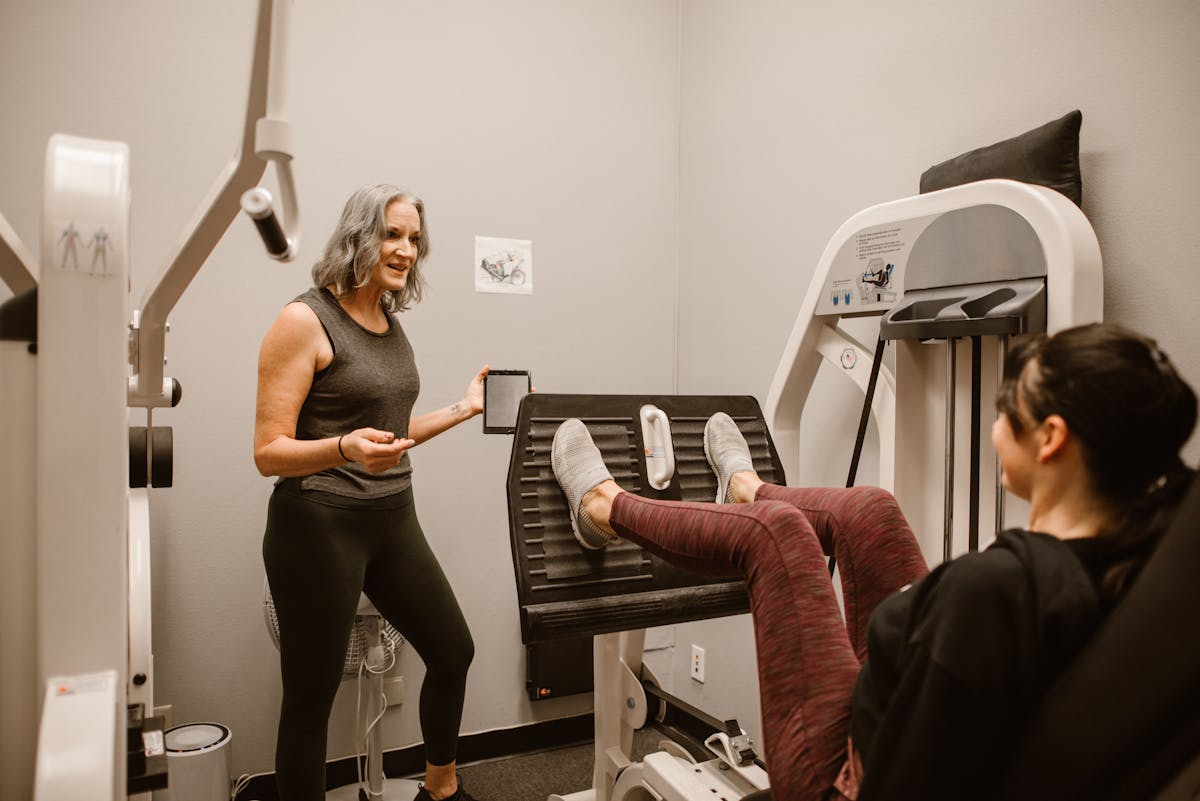Home physiotherapy has become an increasingly practical option for individuals who need physical rehabilitation but prefer receiving treatment in a familiar and convenient environment. Whether recovering from an injury, surgery, or managing a chronic condition, receiving physiotherapy at home can support recovery while reducing the stress of travelling to a clinic. Knowing the services available and how home physiotherapy charges are structured helps patients and families make informed decisions that fit their care needs and budgets.
How Does Home Physiotherapy Work?
Home physiotherapy provides personalised treatment plans carried out in the patient’s own home. A licensed physiotherapist assesses the patient’s condition, mobility level, and rehabilitation goals before designing a structured exercise and treatment programme. This approach allows therapy to be integrated into daily routines, creating a more practical and familiar environment for recovery. Patients who face mobility limitations or prefer privacy often find this option more manageable compared to clinic visits.
Therapists may use a combination of manual techniques, mobility exercises, and equipment-based therapy to help patients regain movement and strength. By working closely with patients, physiotherapists can track progress and adjust exercises accordingly. This personalised approach not only improves consistency but also encourages patients to stay engaged with their recovery plans.
Who Can Benefit from Home Physiotherapy
Home physiotherapy is suitable for various individuals. Many older adults with reduced mobility rely on this service to maintain independence, while patients recovering from surgery use it to rebuild strength and coordination at a steady pace. It is also an option for those with neurological conditions such as stroke or Parkinson’s disease, where familiar surroundings can support comfort and safety during sessions.
People with sports injuries or chronic pain can also benefit from receiving therapy at home. It eliminates the added strain of travelling to and from a clinic, allowing them to focus on rehabilitation. Families often appreciate this arrangement as it enables them to stay involved in the care process and better understand their loved one’s therapy routine.
Common Types of Treatments Offered
Physiotherapists provide a variety of treatments through home visits, depending on the patient’s condition and goals. These include mobility and strength training exercises, pain management techniques, gait training, and post-surgery rehabilitation. For neurological patients, sessions may focus on balance and coordination to support daily activities.
Therapists may also bring portable equipment to facilitate treatment, such as resistance bands, weights, or assistive devices. Beyond physical exercises, home physiotherapy often involves education on proper posture, body mechanics, and self-management techniques. These additional components help patients maintain their progress between sessions and support long-term health.
Factors That Affect Home Physiotherapy Charges
Knowing home physiotherapy charges is an important part of planning for care. Costs typically vary based on the length of each session, the type of treatment required, and the complexity of the patient’s condition. For example, sessions involving post-surgery rehabilitation or neurological therapy may require more specialised techniques, which can influence pricing.
Other factors that affect charges include the therapist’s qualifications, the frequency of sessions, and the location of the patient’s home. Some providers may also offer package rates for multiple sessions, making long-term treatment more manageable. Patients are encouraged to discuss these details upfront to avoid unexpected expenses and to ensure that their chosen care plan aligns with their rehabilitation goals and budget.
Benefits of Receiving Physiotherapy at Home
Convenience is a key advantage of home physiotherapy. Patients can save time and energy by receiving treatment without leaving their homes, which can be especially beneficial for those with mobility challenges. This also allows for more consistent therapy sessions, as patients are less likely to skip appointments due to transportation issues.
Another benefit is the personalised environment. Therapists can adapt exercises to fit the patient’s living space, making rehabilitation more relevant to their daily lives. For example, they can guide patients through movements involving their actual furniture or walking paths at home, which helps them build strength and confidence for real-world scenarios.
Conclusion
Home physiotherapy offers a convenient and effective way for individuals to receive targeted rehabilitation in a familiar setting. By understanding treatment options, identifying suitable providers, and being aware of home physiotherapy charges, patients and families can make informed decisions about their care. This approach supports better adherence to therapy plans and can lead to more meaningful improvements in mobility and overall well-being.
Contact The Home Physio to learn more about their home physiotherapy services and flexible care options.



